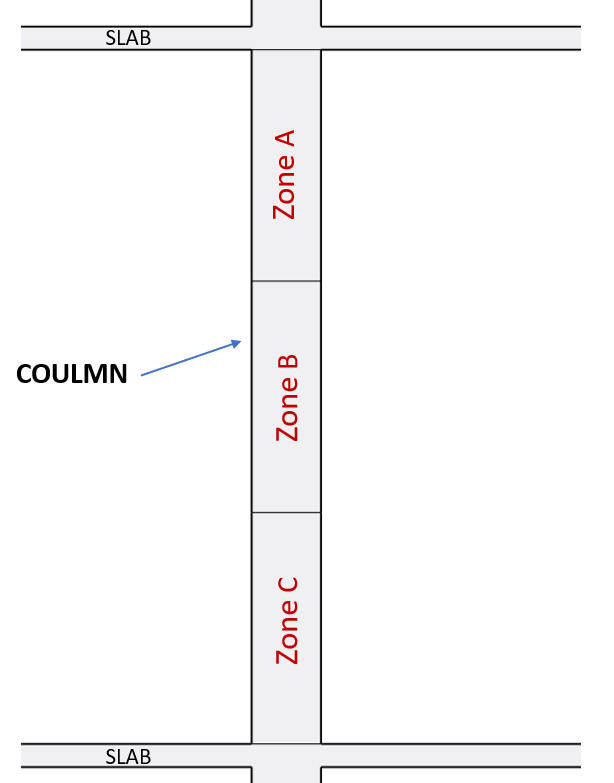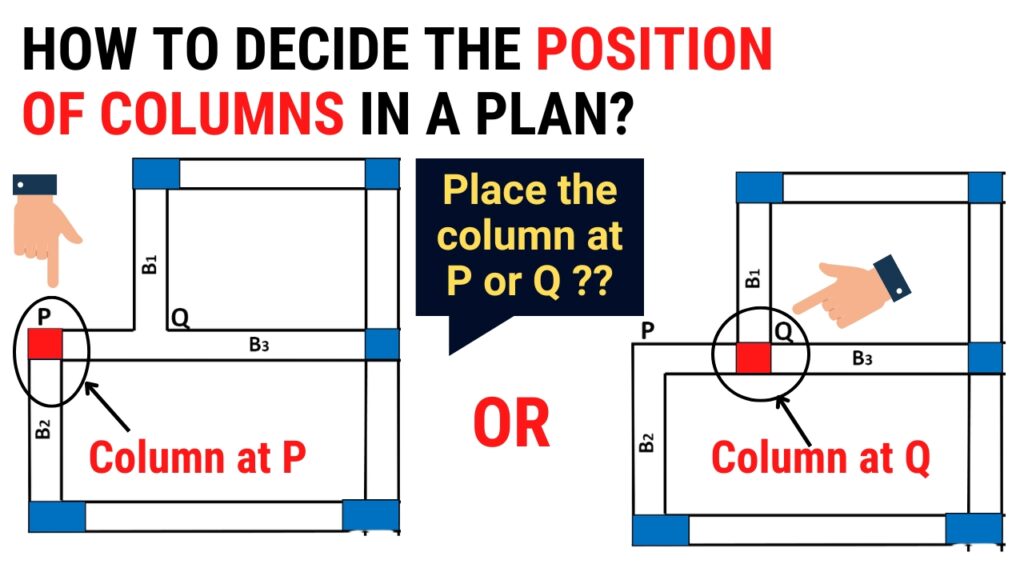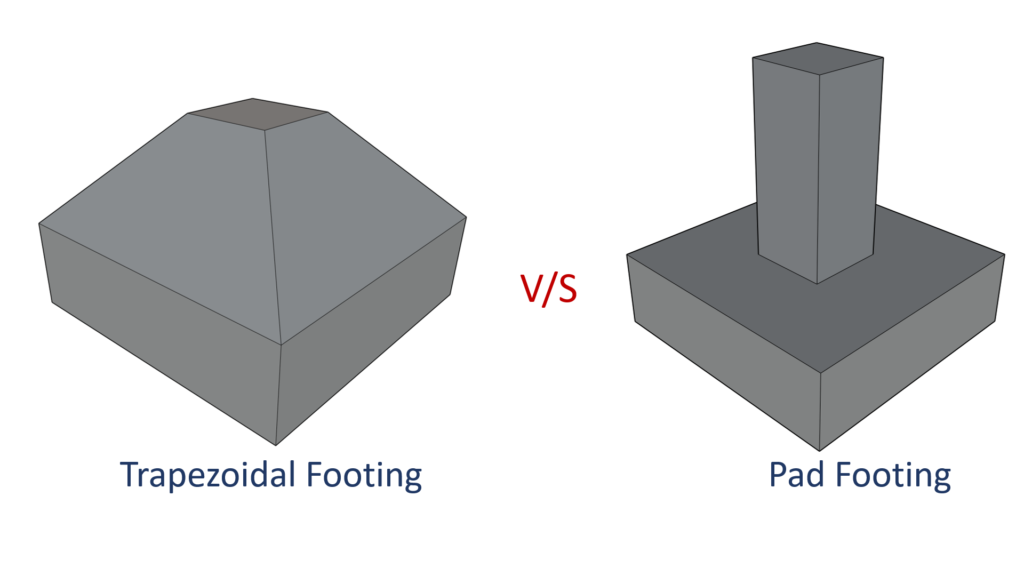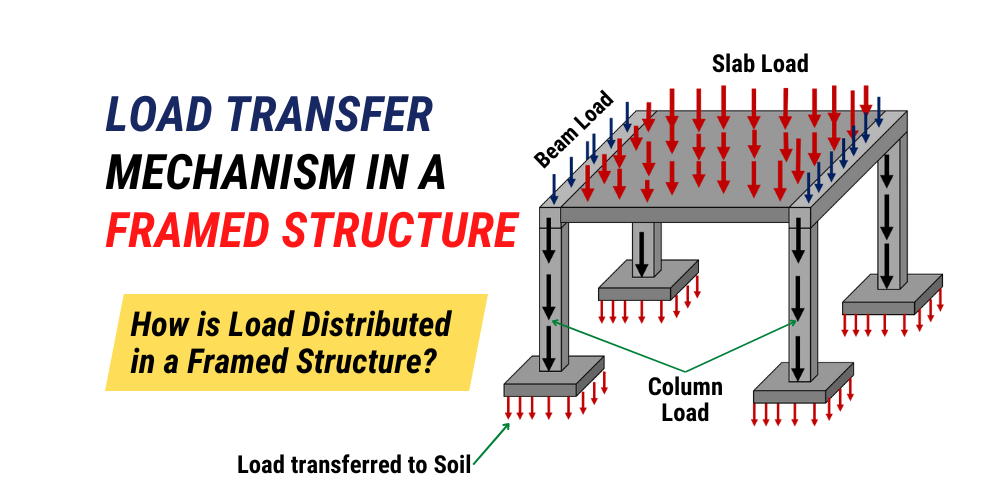Reinforcement lapping zone in column: The standard length of reinforcement bars is 12 meters, as we all know. If the span of a structural member, such as a beam or column, needs to be increased beyond the usual length of the reinforcement bar, we must also raise the length of steel bars by adding extra reinforcement bars. If the straight bars are added end to end, there is a risk of steel sliding out of concrete, which can be avoided by overlapping the bars. The goal of overlapping of reinforcement is to keep the steel bars connected so that the load can be safely transferred from one steel bar to the next.
Hence the main functions of overlapping of reinforcement are;
- To maintain the continuity of steel
- To transfer the load safely from one bar to the next bar.
In this article, I’m going to discuss what should be the position of overlapping of reinforcement in columns. To make it easy for you, let’s consider a slab beam junction.


Let’s divide the column into 3 zones i.e, Zone A, Zone B, and Zone C. Zone A and Zone C are considered as the most critical zones in comparison to the intermediate zone i.e, Zone B. The reason is that, Due to lateral loads i.e, seismic or wind loads, these end zones are subjected to a maximum bending moment in comparison to the intermediate zone (Zone B).
For illustration, let’s consider a column that is subjected to some lateral load.

If the load is applied in Zone A, it will tend to bend the column in such a way that the maximum moment is generated at zone C.

If this load is applied in zone B, both the end zones will experience a maximum bending moment in comparison to the intermediate zone.

Similarly, if the load is applied in zone C the maximum moment will be generated at zone A.

In all the cases, the end zones will experience maximum bending moment which means maximum tension. Therefore, it would not be safe to overlap the reinforcement bars in any of the critical zones i.e, tension zones rather it should be provided in the intermediate zone where the member experiences the minimum bending moment. This applies to both the beams and the columns.
It should be noted that the overlapping of bars should not be done at the same level inside a member, rather it should be done at alternate levels to avoid the buckling of the column.
As per IS 13920, both the critical zones lie at a distance of L/4 from their respective ends.
Note: –
- Avoid lapping in tension zone & at Beam/column/slab joint due to maximum stress.
- Top & bottom end of a column experience maximum bending moment.
- Ties should be spaced closely in the entire lapping zone





[…] For compression members (columns) the lap length should be taken as 40d, while d is the diameter of the bar. The reinforcement lapping zone is decided on the basis of critical zone in column. you can read about here […]
[…] zone in Beams: As I have already told you in my previous article, If the span of a structural member needs to be increased beyond the standard length (12m) of the […]